Submitted by WA Contents
Arquitectonica designed curvy roof for design laboratory building at Miami School of Architecture
United States Architecture News - Nov 19, 2018 - 00:15 19967 views
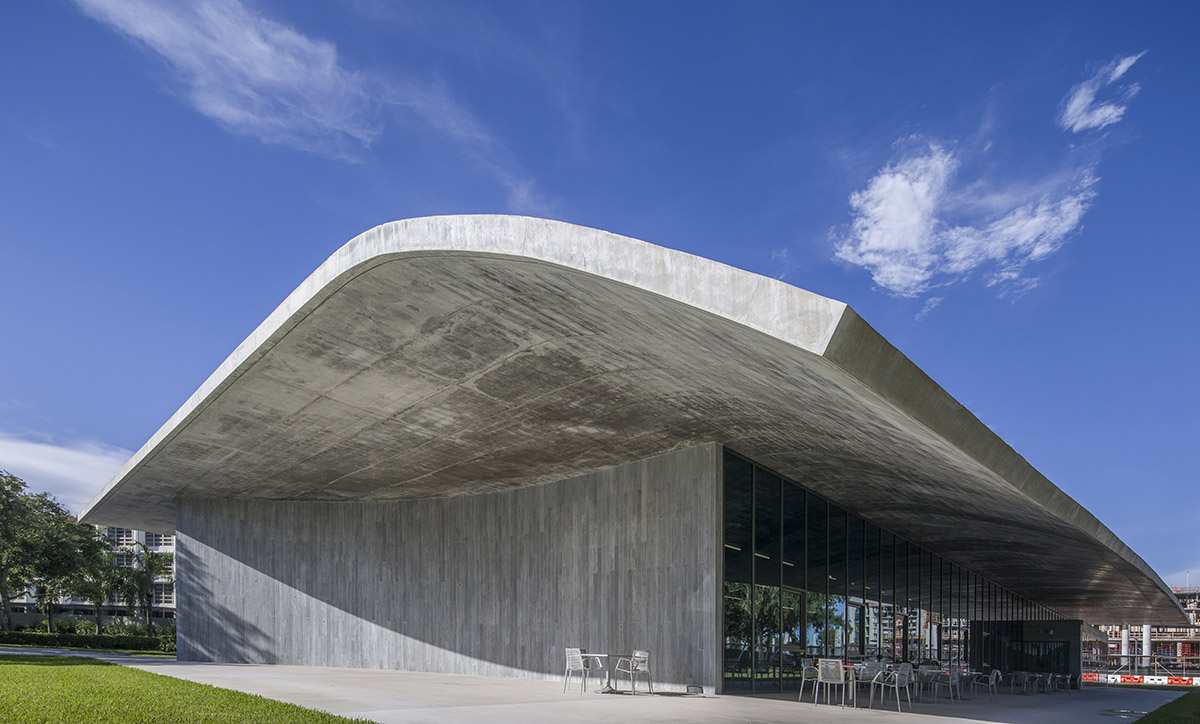
Miami-based architecture firm Arquitectonica has completed a one-of-a-kind design laboratory and collaborative space at the University of Miami School of Architecture.
Named Thomas P. Murphy Design Studio Building, the building is dedicated to Thomas P. Murphy Sr., father of the founder of the construction firm Coastal Construction that built the project and the building will officially open on November 29, 2018 at the campus.
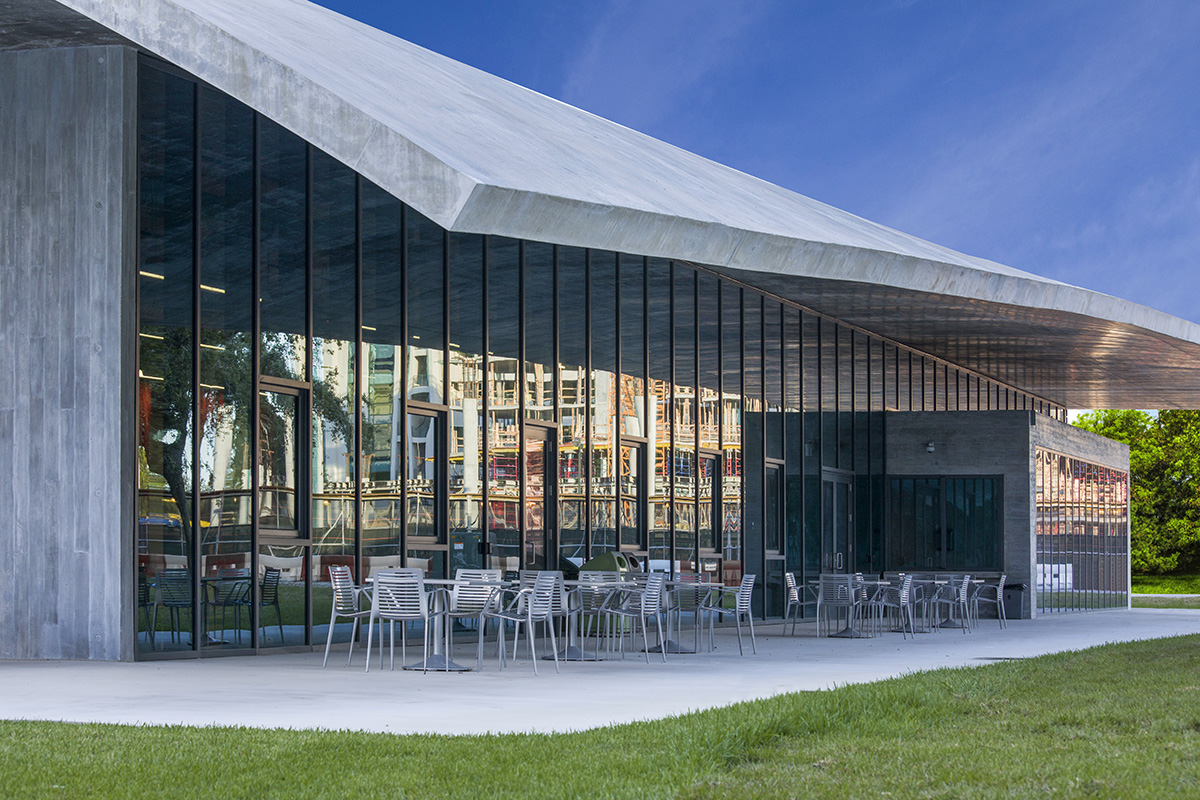
Image © Robin Hill
The 20,000-square-foot LEED-certified building is the newest addition to the University of Miami School of Architecture, and will serve as collaborative space, including digital fabrication facilities, exhibition areas, and plenty of space for social and public functions.
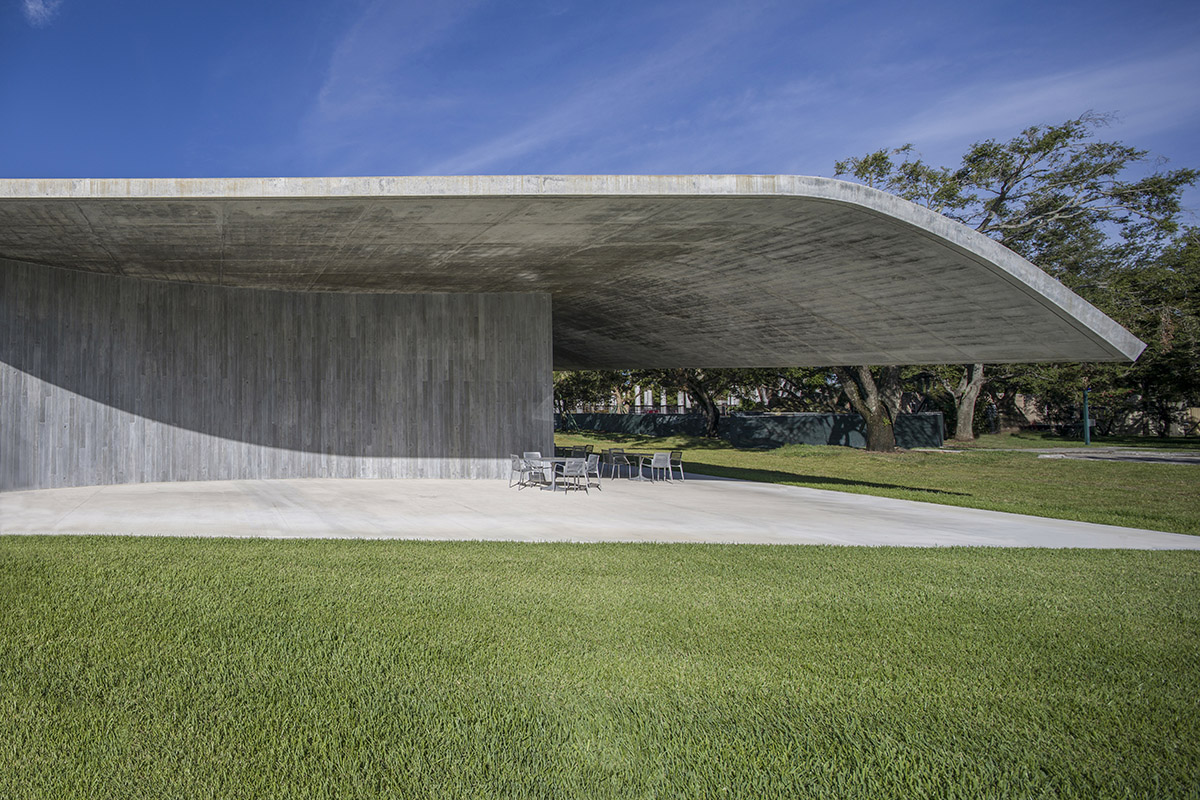
Image © Robin Hill
The project is the latest manifestation of Arquitectonica’s enduring commitment to its hometown of Miami and the University, as founding principals Bernardo Fort-Brescia and Laurinda Spear, as well as their son Raymond Fort have all served on the school’s faculty.
"The new studio building creates a focused and innovative environment for students who will be the future designers of our city, and beyond," said Raymond Fort, the partner in charge of the project.
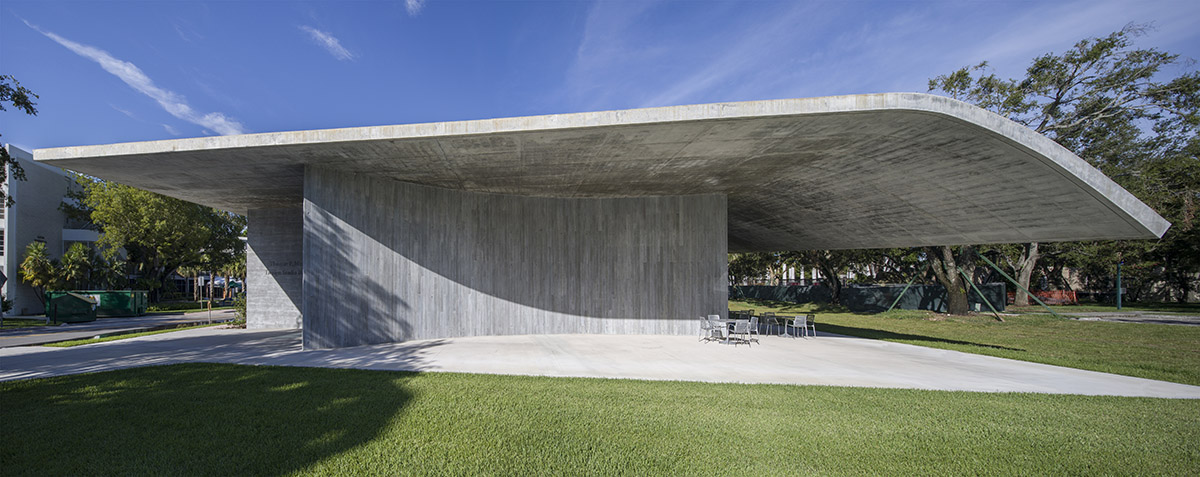
Image © Robin Hill
The new building provides a space that supports and furthers the school’s educational pedagogy. The exposed structure of glass and concrete serves as a teaching tool by illustrating some of the basic tenets of modern architecture, construction and sustainability. Located at the center of an intersection, the building creates a plaza and adjoining pathway that links the campus to the Miami Metrorail.
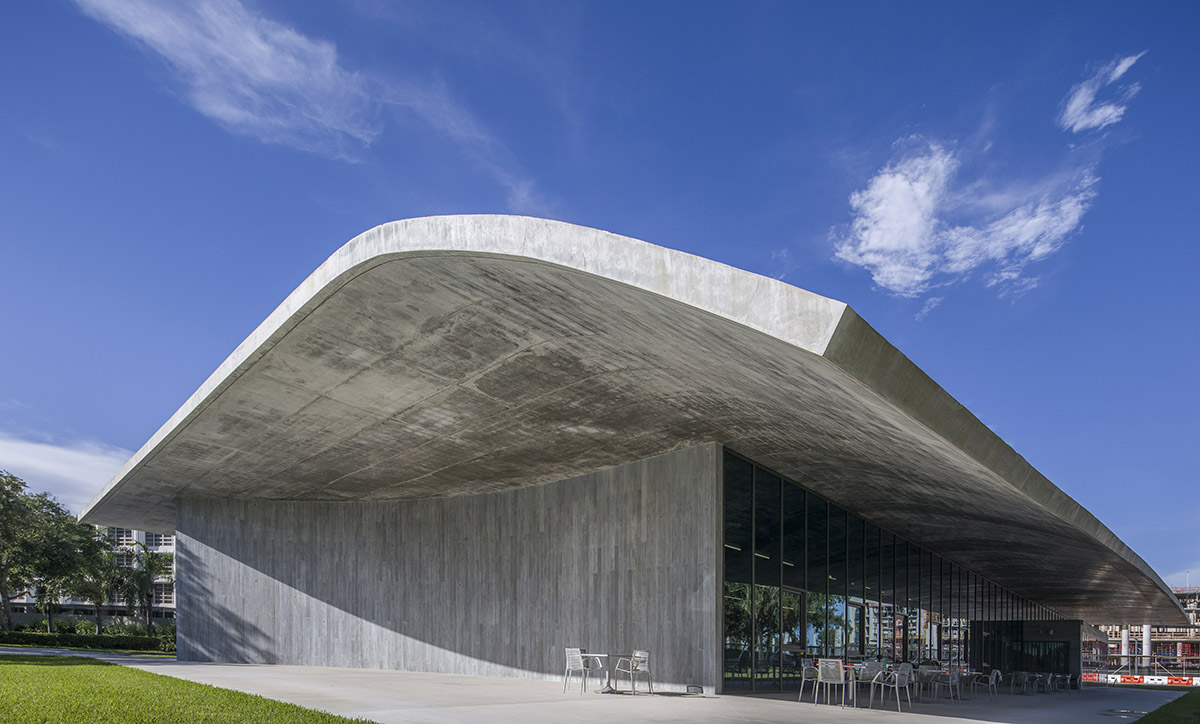
Image © Robin Hill
The building is, in essence, a single, oversized shed, featuring a vaulted roof suspended 18 feet over the floor by narrow steel columns and a few fixed walls. This roof structure provides a sense of openness and enables natural light to permeate the building.
Fully stocked with digital fabrication facilities, exhibition areas, and ample room for social and public functions, the design of the studio spaces synthesizes every aspect of twenty-first-century pedagogy into a cogent whole, packing them into a deceptively simple envelope of thin concrete.
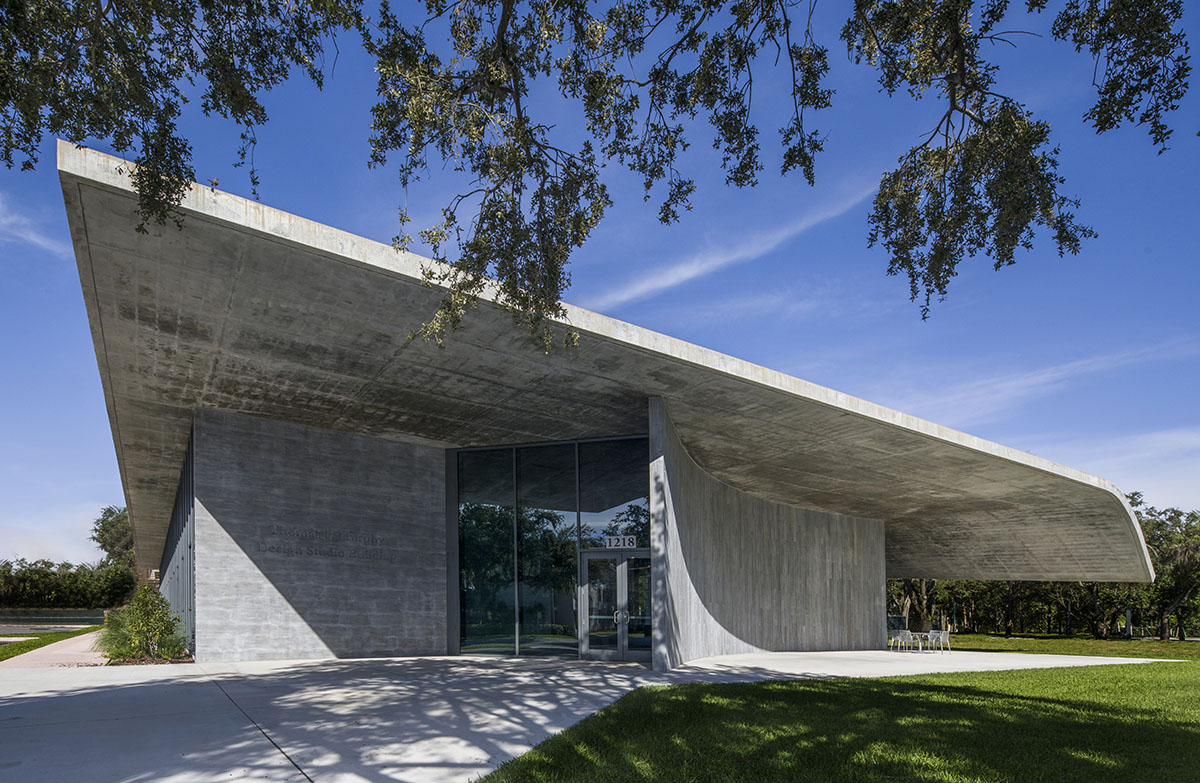
Image © Robin Hill
"It complements the school’s constellation of buildings that constitute a campus-within-the-campus," said Dean Rodolphe el-Khoury. "The vast studio space designed to enhance co-creation and the digital fabrication lab, among several other features, are welcome additions to our beloved historic and award-winning facilities."
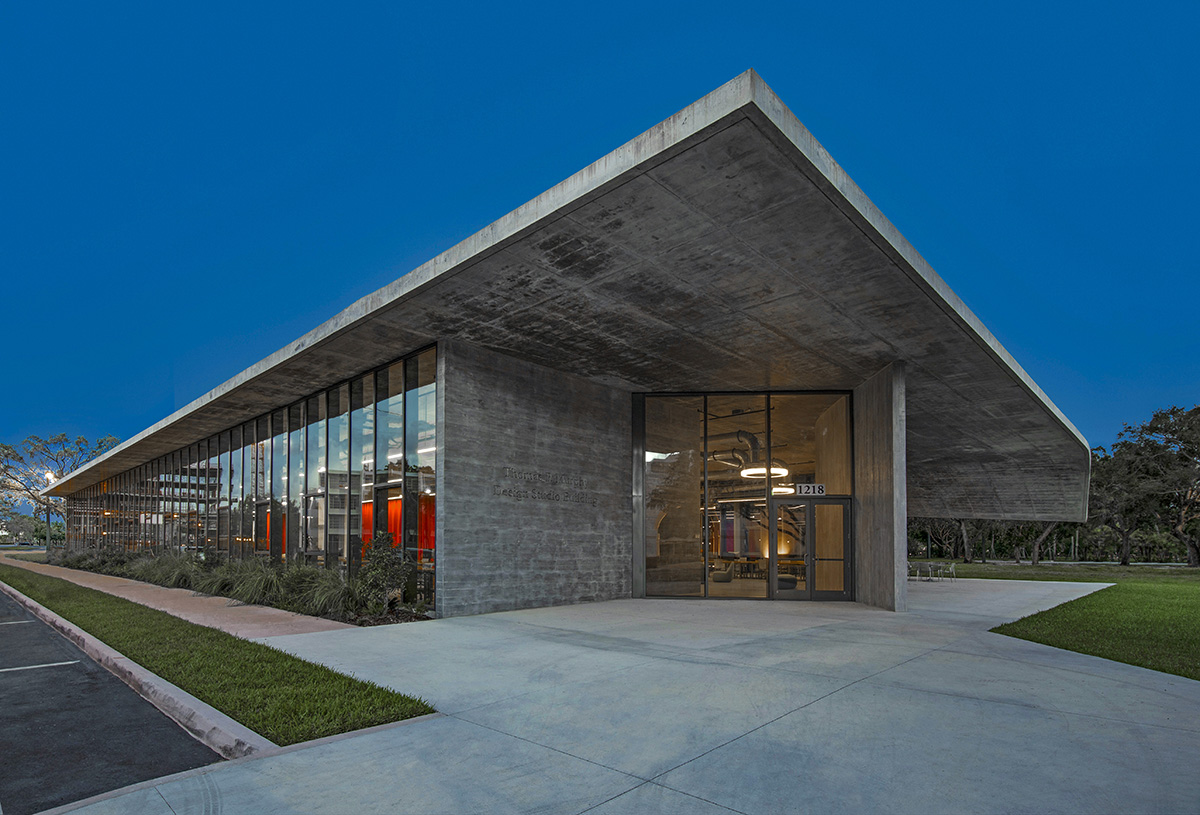
Image © Miami in Focus
The main entrance leads into an informal lobby and continues as a nave-like space that runs through the studios. The open plan studio space is based on a twenty-five-foot square module that can accommodate a variety of desk configurations ranging from 90 to 130 workstations.
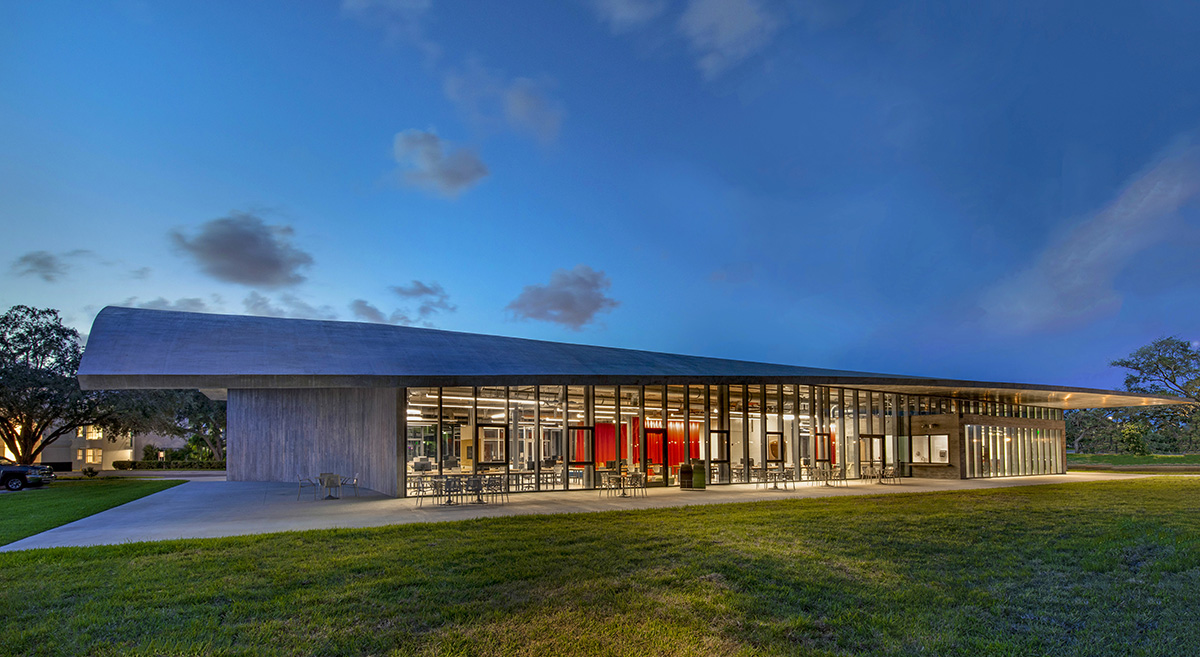
Image © Miami in Focus
The east and west walls of the central volume are clad in felt for students to pin up their work and the nave has movable boards for informal critiques and exhibitions. Scattered cubes of different materials signify different uses within the open studio space: curtains for the jury areas, glass and panels for seminar and meeting spaces, concrete for the fabrication lab.

Image © Robin Hill
The design, orientation and strategic elements of the building address the movements of the sun and ensure a sustainable working environment even in the hottest months. The building can operate during daytime without the use of any artificial light while featuring the first ever use of 18-foot-high hurricane resistant glass panels.

Image © Miami in Focus
The concrete roof wraps over the southernmost point of the building to shade the interior from sunlight. Besides affording effective shading over the glazed east and west fronts, the bowed roof also sets up the design’s primary formal swerve. The curve of the roof interacts with the curve at the entrance demonstrating the plasticity of concrete.
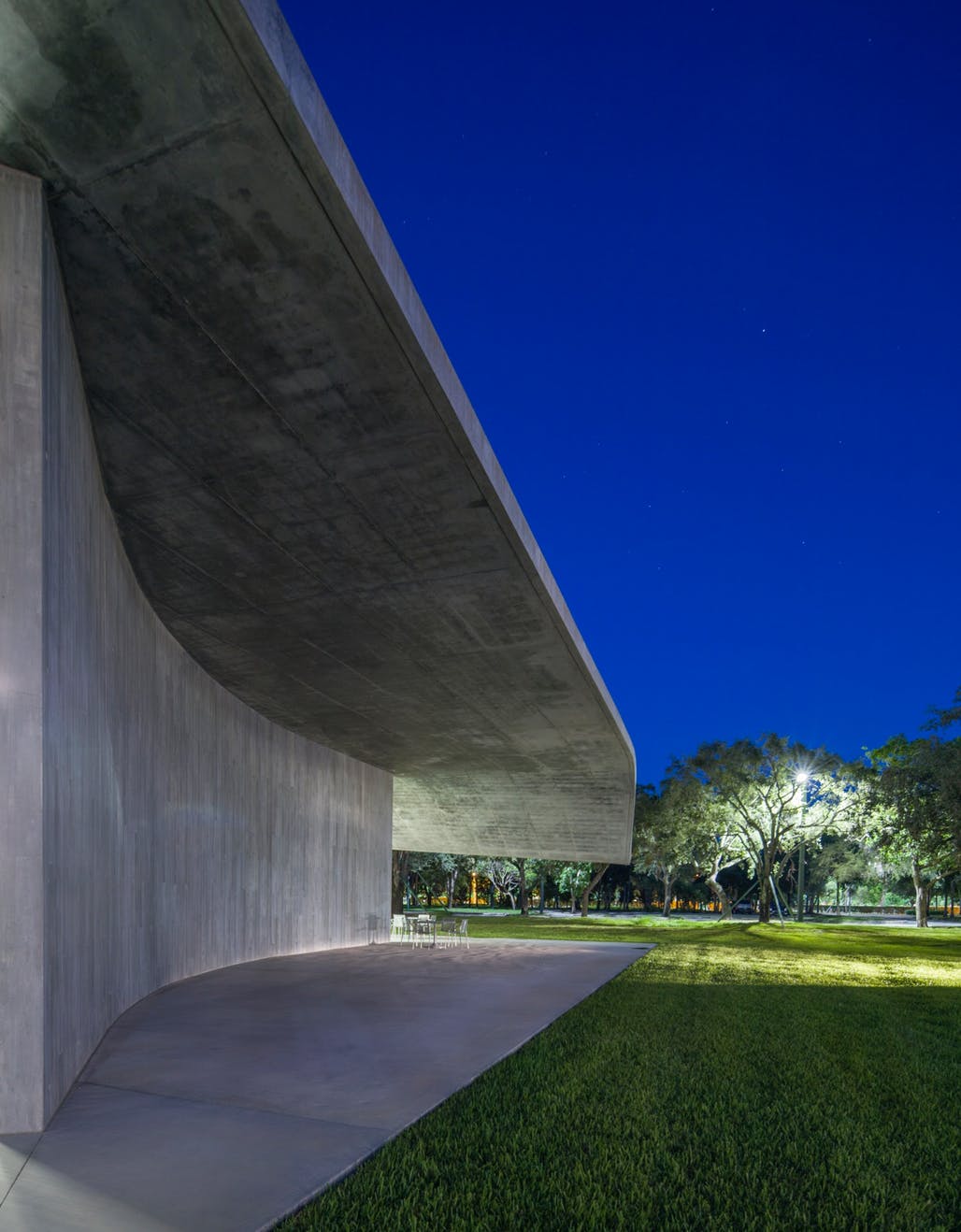
Image © Robin Hill
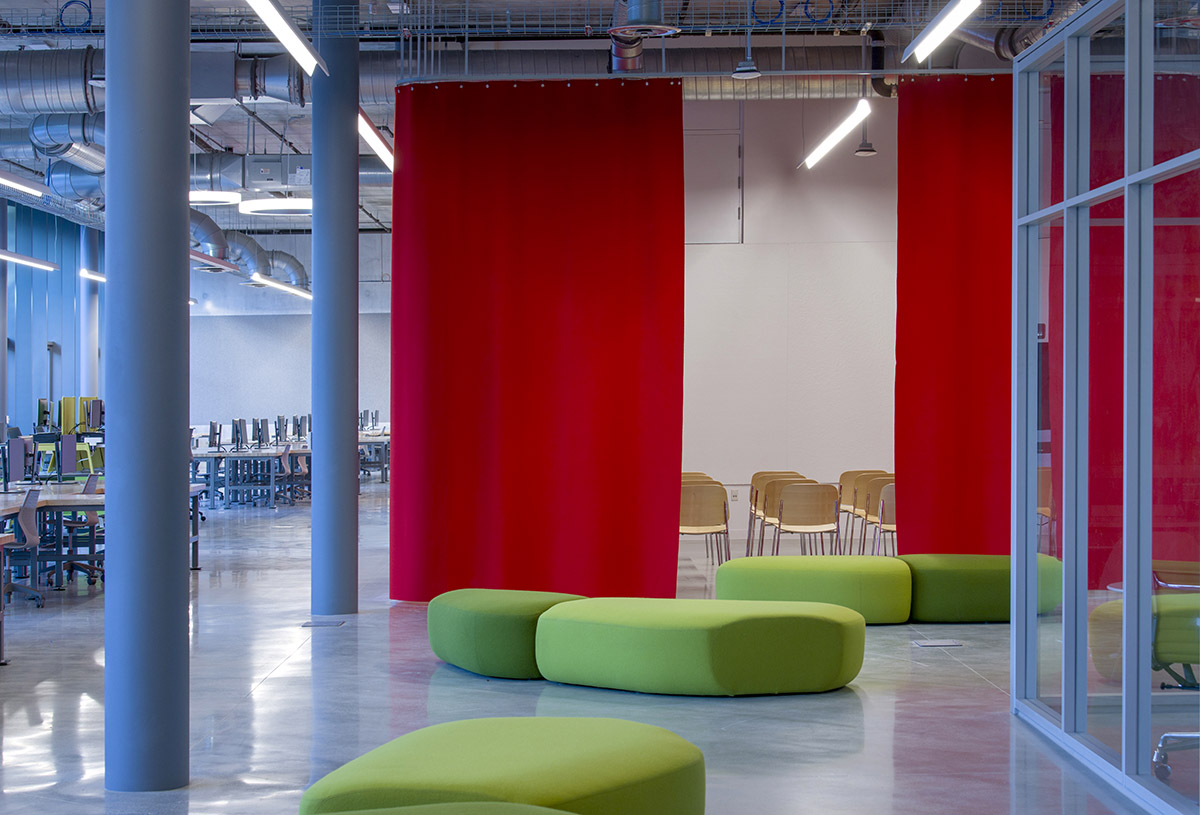
Image © Robin Hill
These two gestures transform a simple box into dynamic architectural expression, incorporating core modernist principles into a progressive design that will serve as an influence for the next generation of architects.
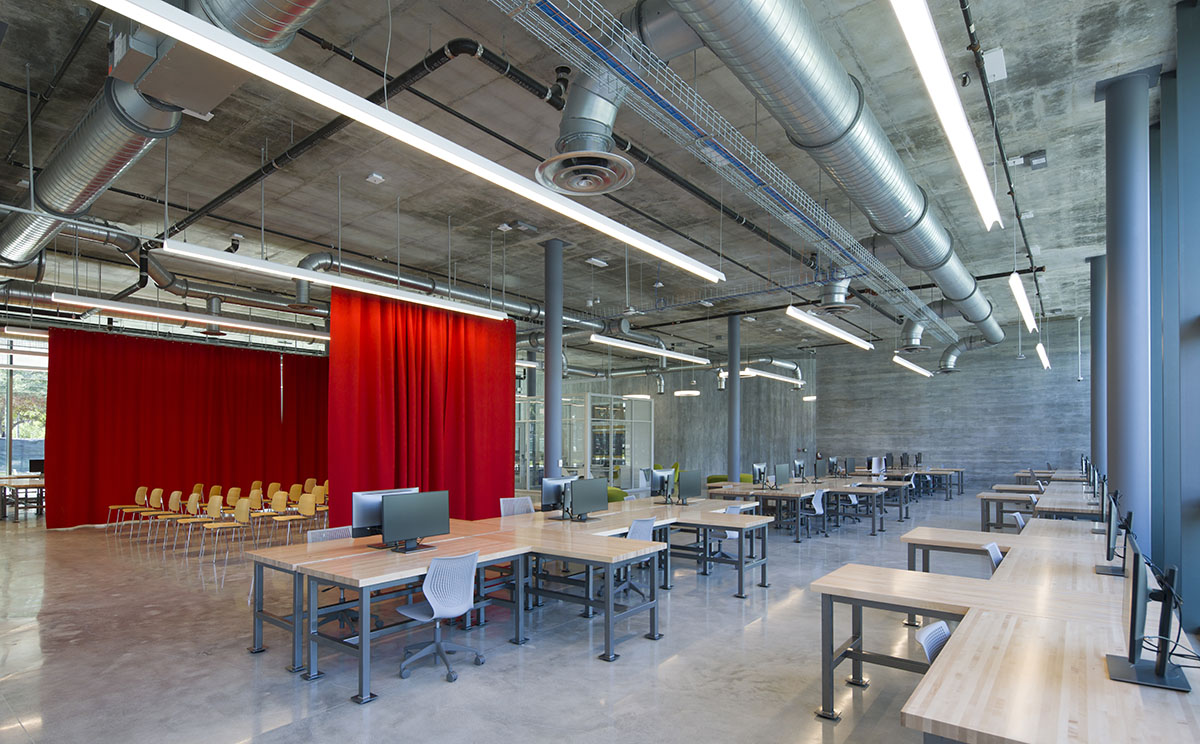
Image © Robin Hill
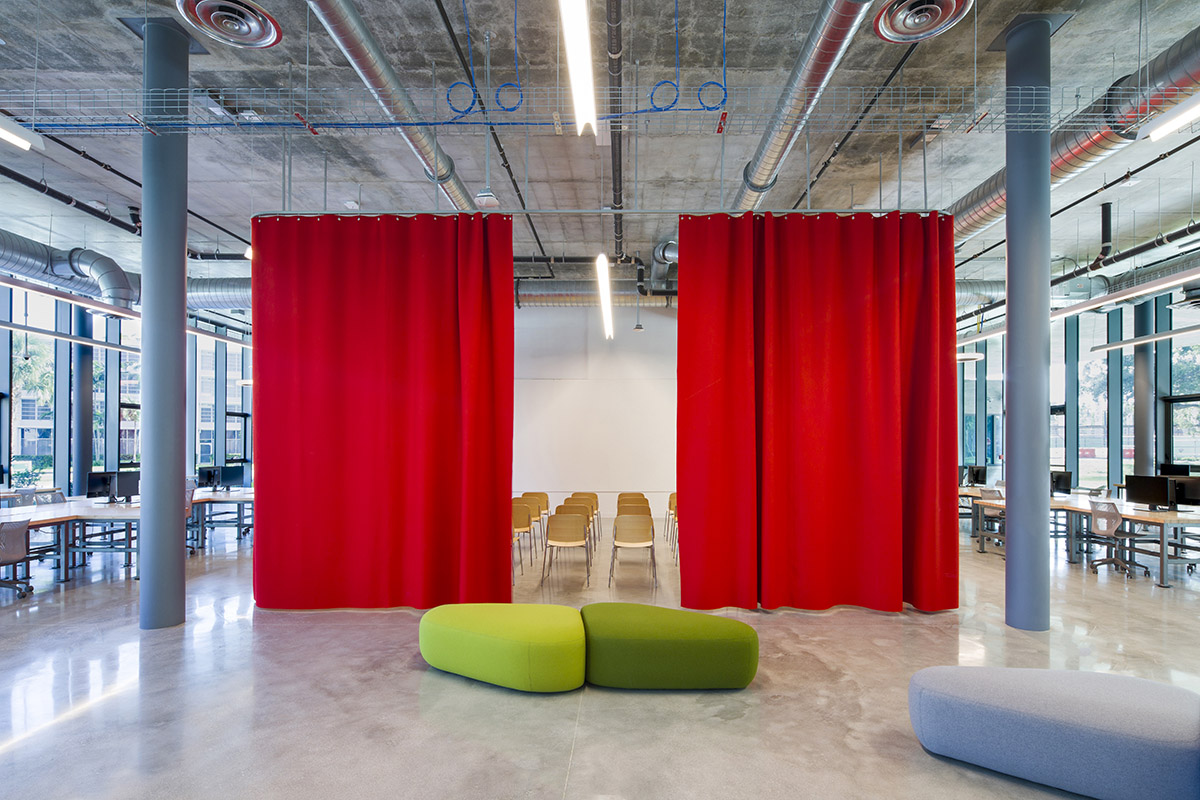
Image © Robin Hill
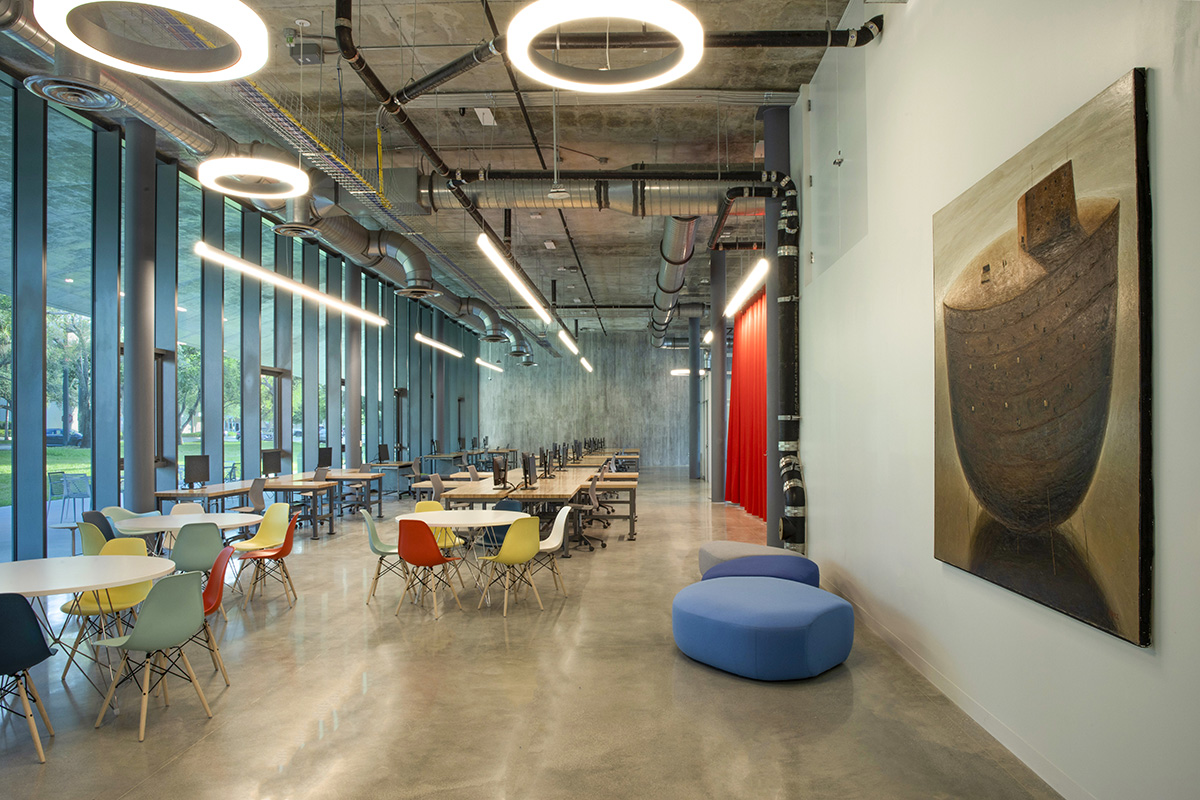
Image © Miami in Focus
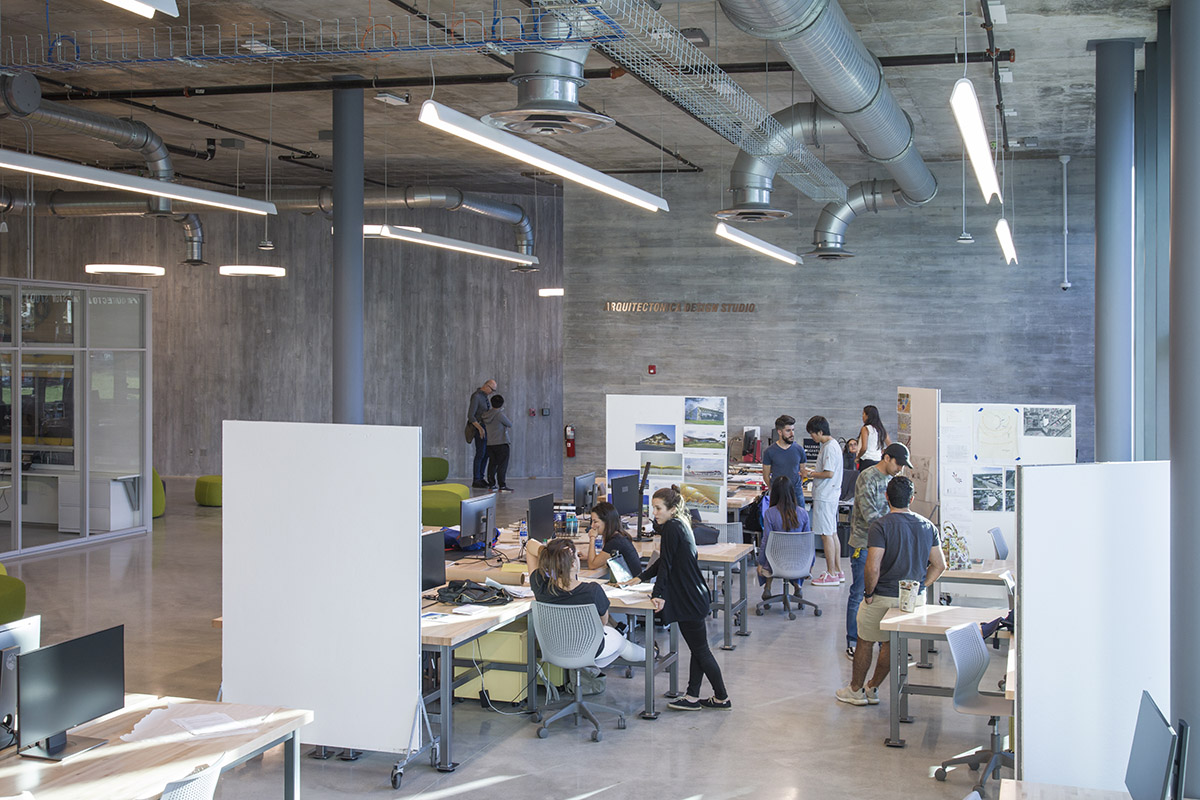
Image © Robin Hill
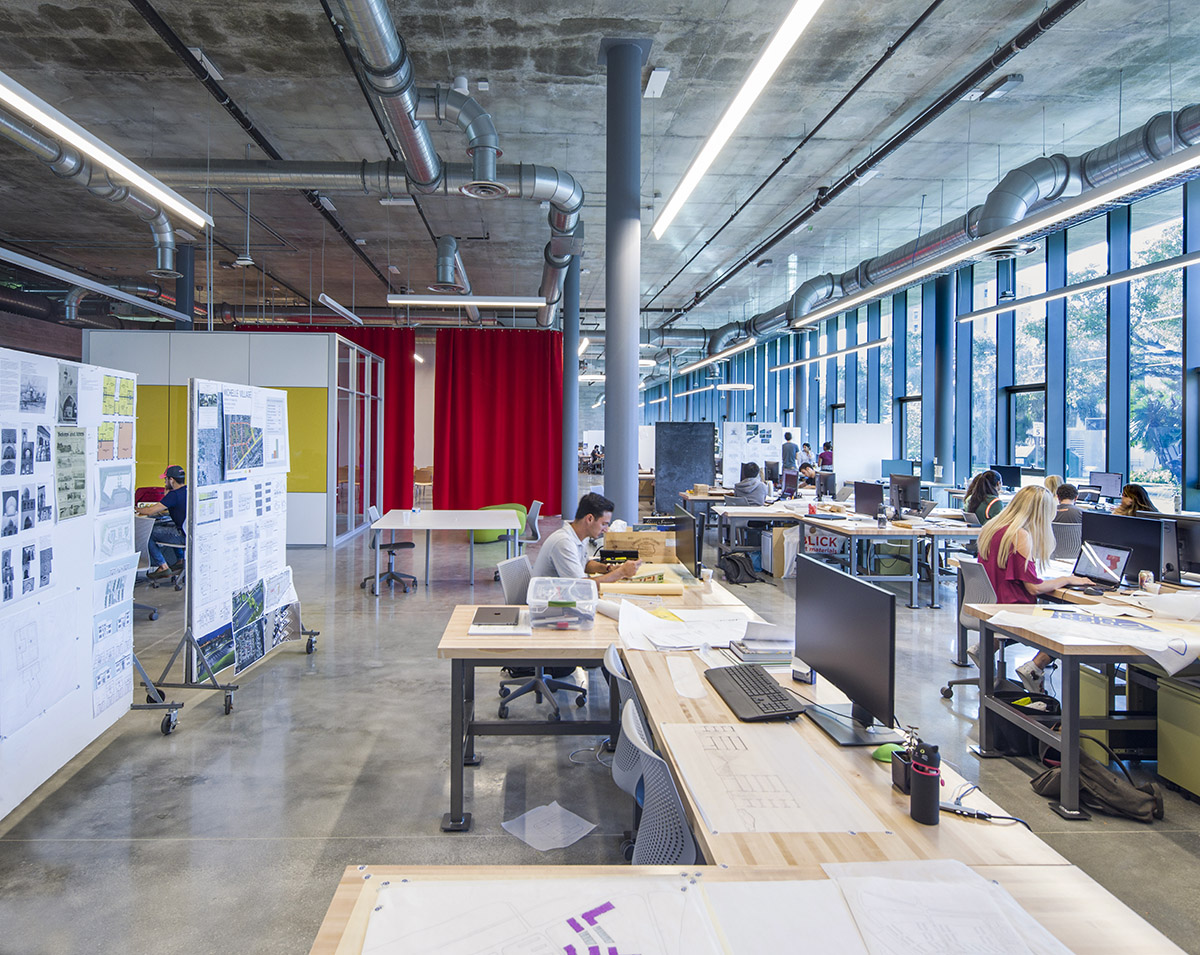
Image © Robin Hill
Top image © Robin Hill
> via Arquitectonica
